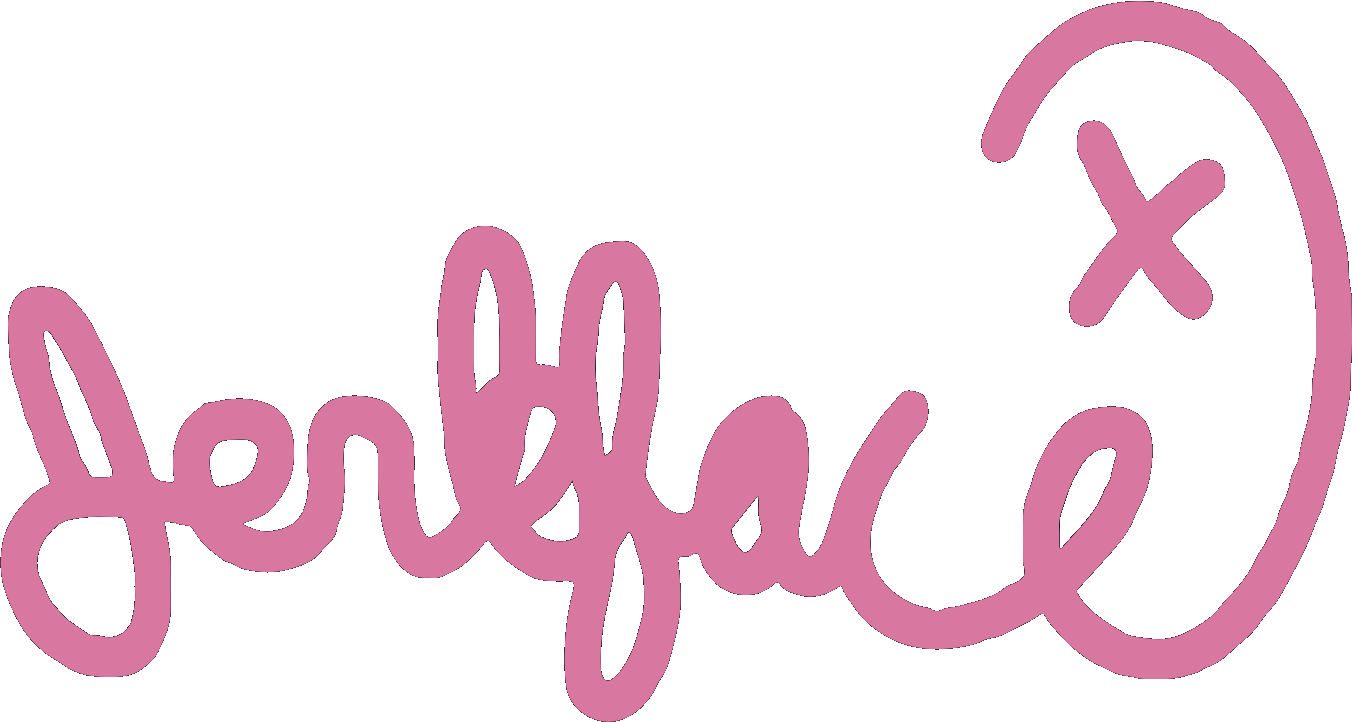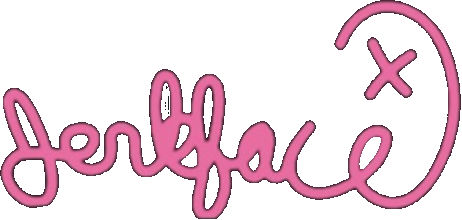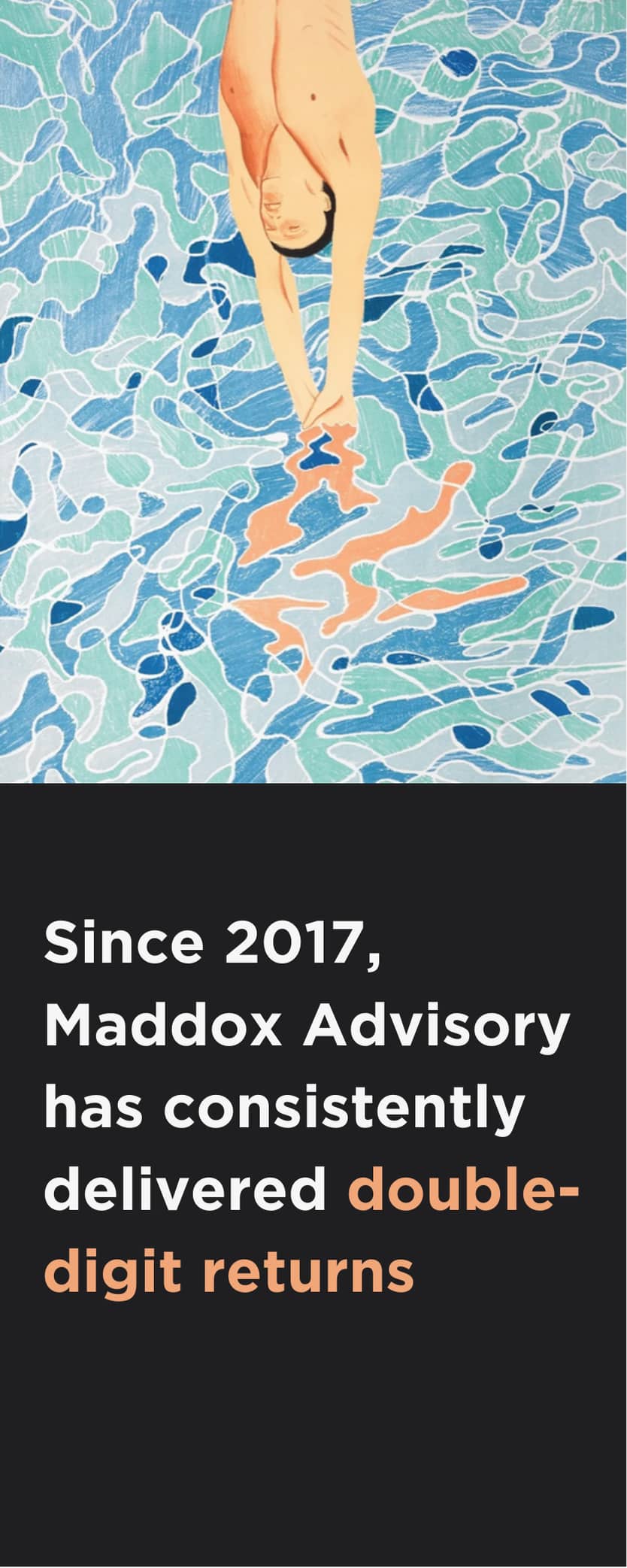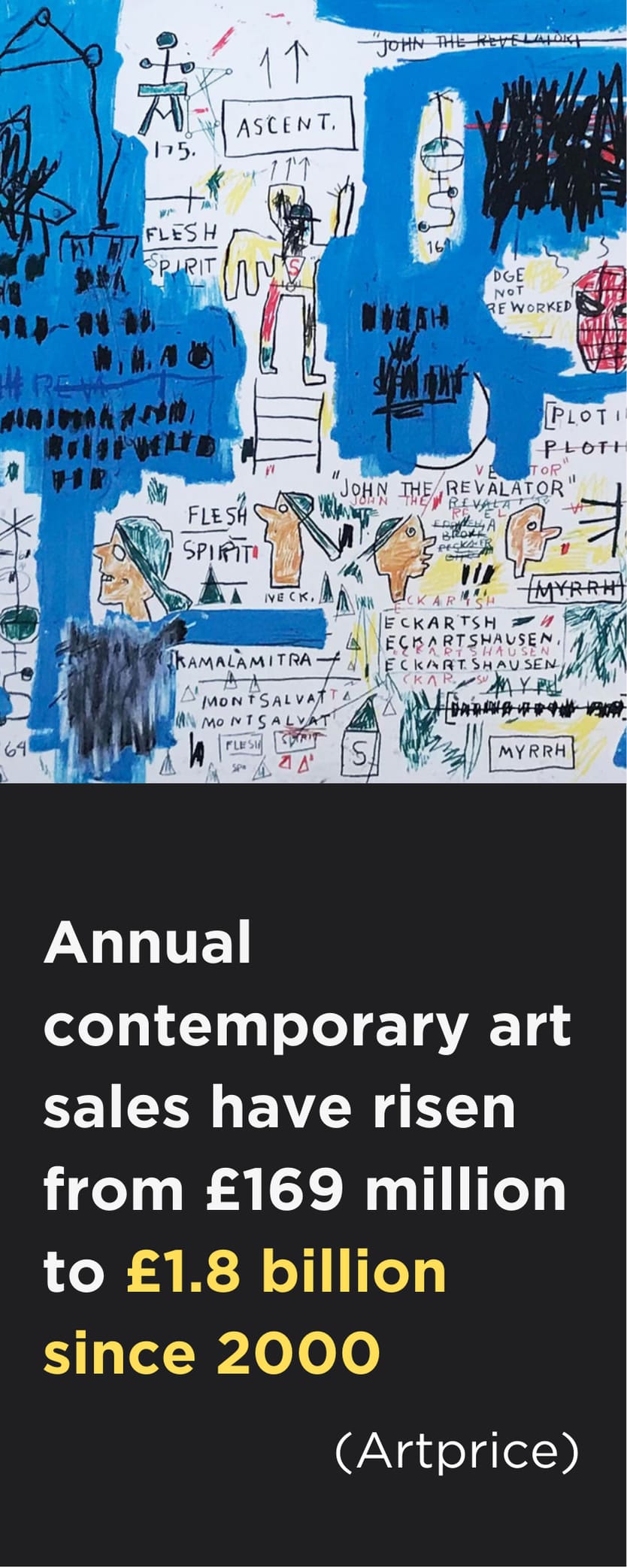Thinking of selling your Warhol? From iconic screen prints to limited-edition lithographs, this guide explains how to sell Andy Warhol art with confidence, from accurate valuation and expert authentication to discreet consignment and maximum return through Maddox Gallery’s global collector network.
Few names in contemporary art carry the instant recognition, or market demand, of Andy Warhol. From Marilyn to Campbell’s Soup Cans, Warhol’s screen prints are among the most collected and widely traded artworks in the world. For those looking to sell Andy Warhol art, he is arguably the biggest art brand on the planet. This commands universal recognition that translates into immediate interest across multiple continents when works appear for sale, strong liquidity, premium pricing and swift buyer interest.
Warhol remains one of the most sold blue-chip artists at auction and in the private market. His silkscreen prints frequently break records for limited-edition artworks, with signed and well-preserved pieces consistently achieving up to six-figure results. For collectors wondering, “What is my Andy Warhol art worth?”, the answer is more promising than ever, especially for works from in-demand series like ‘Endangered Species’, ‘Myths’, and ‘Campbell’s Soup’.
Yet many of the most successful sales today aren’t happening under the hammer. For collectors asking how to sell my Warhol in the most profitable and discreet way, the answer increasingly lies in private gallery consignment. Over the past year, this method has consistently outperformed auction prices across numerous series, offering sellers not only higher returns but also greater privacy and control. Choosing to sell your Warhol through a trusted gallery like Maddox means benefiting from expert valuation, discreet handling and direct access to our international network of high-net-worth clients and VIP collectors, maximising exposure and often leading to multiple bids.
Recent data shows just how significant the premium can be. Bespoke, private negotiations allow sellers and buyers to tailor terms, timing and confidentiality, avoiding visible price competition and auction premiums. Since January, works from the ‘Campbell Soup II’ series have achieved a 65% premium on average in private sales versus auction; ‘Endangered Species’ prints, a 26% premium; and ‘Flowers’ prints, a remarkable 107% premium. Since June 2024, celebrated works from ‘Campbell Soup I’, ‘Marilyn’, and ‘Mick Jagger’ have averaged premiums of 107%, 66% and 68% respectively. For collectors with iconic works, the private market can deliver a demonstrably stronger financial outcome.
With the recent major museum retrospective at Tate Modern, surging interest in postwar and Pop Art and a seller-friendly market for high-quality works, now may be one of the most advantageous times to sell Andy Warhol art.
Step 1: Confirming What You Own
Andy Warhol, Flowers (Feldman & Schellmann II.6), 1964
Identifying Your Warhol’s Market Position: Screen Prints, Signatures & Series
Warhol’s screen prints and limited editions form the backbone of his collector market. His most valuable editioned works are silkscreen prints produced during his lifetime, which were typically published in limited runs and often signed and numbered. These works include his most recognisable series and were created in collaboration with key publishers such as Factory Additions, Castelli Graphics and Gemini G.E.L.
While Warhol is most closely associated with screen printing, he also produced a small number of lithographs, typically as part of collaborative portfolios or museum commissions. These are less common than his silkscreen prints but can still hold value, especially if signed and authenticated. As with all editioned works, Andy Warhol lithograph value depends on condition, provenance and subject matter. A well-preserved Andy Warhol signed lithograph, particularly one issued through a recognised publisher or museum, can also attract strong interest from collectors, though prices tend to be lower than for screen prints.
Warhol’s screen prints may be signed in pencil, with a rubber stamp of his signature or unsigned altogether. An Andy Warhol signed print typically commands a premium, however some unsigned works, particularly from important series, remain highly collectible if properly authenticated by the Andy Warhol Art Authentication Board (prior to its closure in 2012), accompanied by a Certificate of Authenticity (COA) from the Andy Warhol Foundation or listed in the Feldman & Schellmann catalogue raisonné.
Edition sizes for Warhol’s standard screen print portfolios typically range from 150 to 300, often accompanied by a small number of Artist’s Proofs (AP), Printer’s Proofs (PP) and Trial Proofs (TP). These proofs are usually numbered separately from the main edition and, due to their scarcity—and in some cases unique colourways—can command equal or even higher prices than standard edition prints.
Certain Warhol silkscreen print series dominate the resale market. Some of the most sought-after include:
-
Marilyn Monroe (1967): Some of the first editioned works published by Andy Warhol’s printing company, Factory Additions, these prints are among Warhol’s most iconic and consistently top auction sales.
-
Mao (1972): Political, bold and unmistakably Warhol, these prints vary in colourway and attract international collector interest.
-
Flowers (1970): A deceptively simple motif, reimagined in vivid colour combinations, this series remains highly popular, with certain colour combinations far rarer and command significantly higher prices.
-
Endangered Species (1983): Commissioned by art dealers Ronald and Frayda Feldman, this vibrant and socially conscious series celebrates animals on the brink of extinction.
-
Campbell’s Soup Can I and II (1968): Among Warhol’s most recognisable imagery, these series are a cornerstone of Pop Art.
- Mick Jagger (1975): A dynamic portfolio of 10 prints combining rock star charisma with Warhol’s layered textures, usually signed by both artist and subject.
Understanding where your Warhol sits—by series, edition type and signature status—is the essential first step before selling.
Step 2: Valuation: What Is Your Andy Warhol Art Worth?
Andy Warhol, “Shot Sage Blue Marilyn” 1964 auctioned at Christie’s © Sarah Yenesel
Before you sell Andy Warhol art, it’s essential to understand the factors that influence its value. Determining the price of a screen print involves more than just looking at size or signature—it requires an expert understanding of rarity, subject matter, provenance, and current market appetite.
What Drives Value in a Warhol Print?
Several factors influence the resale value of Warhol’s editioned works:
-
Rarity: Limited editions with few proofs are more desirable. Trial Proofs (TP), Artist’s Proofs (AP) and Printer’s Proofs (PP) can command a premium, especially if they feature unique colourways.
-
Subject: Iconic imagery, such as Marilyn Monroe, Flowers, Mao, and Campbell’s Soup Cans, tends to achieve the strongest results.
-
Production: Hand-pulled screen prints produced during Warhol’s lifetime are far more valuable than posthumous editions.
-
Provenance and Authentication: A Certificate of Authenticity (COA) from the Andy Warhol Foundation, and/or inclusion in the Feldman & Schellmann catalogue raisonné, is essential for resale confidence.
Ultimately, Andy Warhol print value is shaped by a combination of factors, with rarity, subject, edition type, and market demand all playing a role in determining what a piece can achieve on the secondary market.
What Collectors Are Paying Now
Warhol’s screen prints continue to perform strongly on the secondary market, with many achieving five- and six-figure results. A signed Warhol print in excellent condition can command a significant premium, especially if it belongs to a highly sought-after series. In November 2024, a complete set of his ‘Endangered Species‘ series realised a record-breaking £3.4 million at Sotheby’s New York, making it one of the highest-value examples of Andy Warhol art sold on the print market in recent years.
While the broader luxury market saw some softening in 2024, demand for blue-chip Pop Art, especially Warhol, remains remarkably resilient, with key series continuing to attract long-term collectors and institutional interest. Current Warhol sold data confirms this trend, with private sales and auctions alike showing strong performance for authenticated prints in excellent condition.
How Maddox Approaches Valuation
At Maddox, determining Andy Warhol art value is never a one-size-fits-all process. Each work is individually assessed by our team of specialists. Each Warhol work is individually assessed by our team of specialists, who examine the condition, edition number, signature status, provenance and current market comparables. We reference recent private sales, auction trends and third-party databases to give you a clear, data-backed valuation.
Whether you’re looking to sell a single print or build a strategy for a larger Warhol portfolio, our approach ensures you understand your Andy Warhol art worth, and how to achieve the best possible result for it.
Step 3: Andy Warhol Art Authentication: What You Need to Know
Andy Warhol, “Queen Elizabeth II, From Reining Queens”, Screenprint, 1985
Before selling your screen print, Warhol authentication is crucial. The legitimacy of a work directly affects its marketability, value and buyer confidence, especially in a market where signatures, editions and posthumous reproductions vary widely.
The Andy Warhol Art Authentication Board
The Andy Warhol Art Authentication Board, established in 1995 and disbanded in 2012, was once the primary authority on Warhol authentication. It reviewed thousands of works but no longer issues opinions. However, a COA (Certificate of Authenticity) issued by the board during that time still carries weight on the secondary market and should be preserved.
Certificates, Stamps, Signatures & Red Flags
Many Warhol prints bear pencil signatures, typically on the front, while others are signed on the verso or stamped by his Estate. Collectors also look for the Andy Warhol authentication stamp, which was applied to verified works after his death. Additional markers, such as printer or publisher embossments, can further support authenticity. Even unsigned works can hold significant value if they appear in the Feldman & Schellmann catalogue raisonné and are accompanied by appropriate documentation.
Key signs of authenticity include:
-
Signature by Warhol (or dual signature for works in the ‘Mick Jagger’ portfolio, which were often signed by both artist and subject).
-
Matching edition numbers. The number written on the print should fall within the known edition size.
-
Publisher information (e.g., Factory Additions, Castelli Graphics, Gemini G.E.L.).
-
A certificate of authenticity (COA) issued by the Andy Warhol Art Authentication Board.
-
Inclusion in the Feldman & Schellmann catalogue raisonné, the definitive reference for Warhol’s prints.
Red flags include:
-
Works not listed in the catalogue raisonné.
-
Warhol's signature evolved over time, so a signature that doesn't match the expected style for the print's production date may indicate a forgery or unauthorised reproduction.
-
A missing or incomplete history of ownership (provenance) or certificate of authenticity.
-
Licensed reproductions marketed as original prints.
-
Posthumous editions or unauthorised reproductions.
Expert Opinion & Provenance as Alternatives
If your print lacks a COA, provenance and expert insight become essential. Sales receipts from reputable galleries, auction house documentation and historical appraisals can help verify legitimacy, particularly when combined with cataloguing references. This is especially important for Andy Warhol unsigned prints, which can still hold significant value when supported by strong provenance or catalogue raisonné inclusion.
How Maddox Supports the Authentication Process
At Maddox, we help clients navigate the authentication process with care and discretion. Our team conducts in-depth due diligence on every Warhol we handle, drawing on catalogue raisonné entries, auction records, documents and decades of market experience. We also work with leading experts and institutions to provide supporting opinions when official paperwork is missing or incomplete.
Whether you have a signed Flowers print or an unsigned Soup Can, we can help determine its authenticity, market standing and potential value.
Step 4: What is the Best Avenue to Sell Warhol Art: Consignment or Auction?
The Data Is Clear: Private Sales Often Deliver Higher Returns
Over the past 6-12 months, gallery consignments have consistently outperformed auctions for Warhol prints, especially for iconic series and in-demand subjects:
-
Campbell's Soup I: Prints sold privately fetched on average 103% more than comparable auction results.
-
Endangered Species: Achieved sale prices 26% higher through gallery consignment versus auction.
-
Superman (from the Myths series): Sold with a 42% premium on the private market.
-
Dual-signed Mick Jagger prints: Generated 68% higher returns on average in private sales than at auction.
The Maddox Consignment Process: What to Expect
At Maddox, our consignment process is designed to prioritise your interests, protect the value of your artwork and connect it with the right collector at the right price. From the moment you begin, you’ll receive step-by-step guidance, from the initial valuation right through to the final sale, led by a dedicated specialist who understands both the nuances of Warhol’s market and your personal goals.
Once consigned, your work will be professionally photographed, marketed internationally and introduced directly to our network of qualified buyers, including private collectors, institutions and art investors across Europe, Asia, the Middle East and the Americas. Unlike the public nature of auctions, this process remains entirely discreet. There’s no public listing, no risk of an unsold lot and no traceable price history that could undermine future value.
Rather than being tied to a fixed auction date, you’ll also benefit from flexible timelines, allowing your artwork the space and visibility it needs to find the ideal buyer. It’s a strategic, controlled and highly personalised approach to selling art, designed to deliver both peace of mind and strong financial results, especially in a market where nearly every major Andy Warhol recent sale reflects strong collector appetite and pricing resilience.Step 5: Contact Maddox Gallery to Sell Your Andy Warhol Art
Our team provides end-to-end support, from valuation and marketing to private sale or collection strategy, always with absolute discretion and professionalism.
To learn more or request a private valuation, contact Maddox Gallery to discuss the best way to sell Warhol art in today’s market. You can also explore our guides to Selling Your Art, Selling Your Art Collection, and How to Sell Your Banksy for further insights into our process and expertise.












